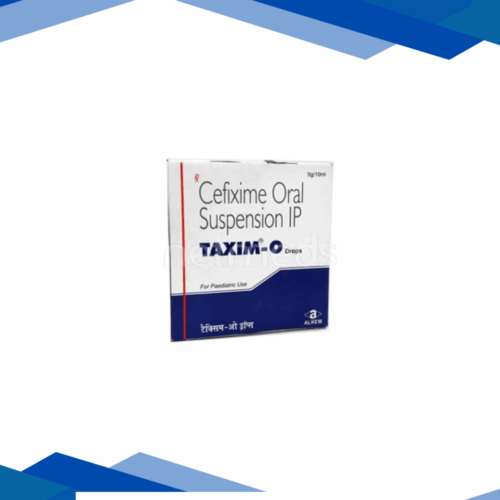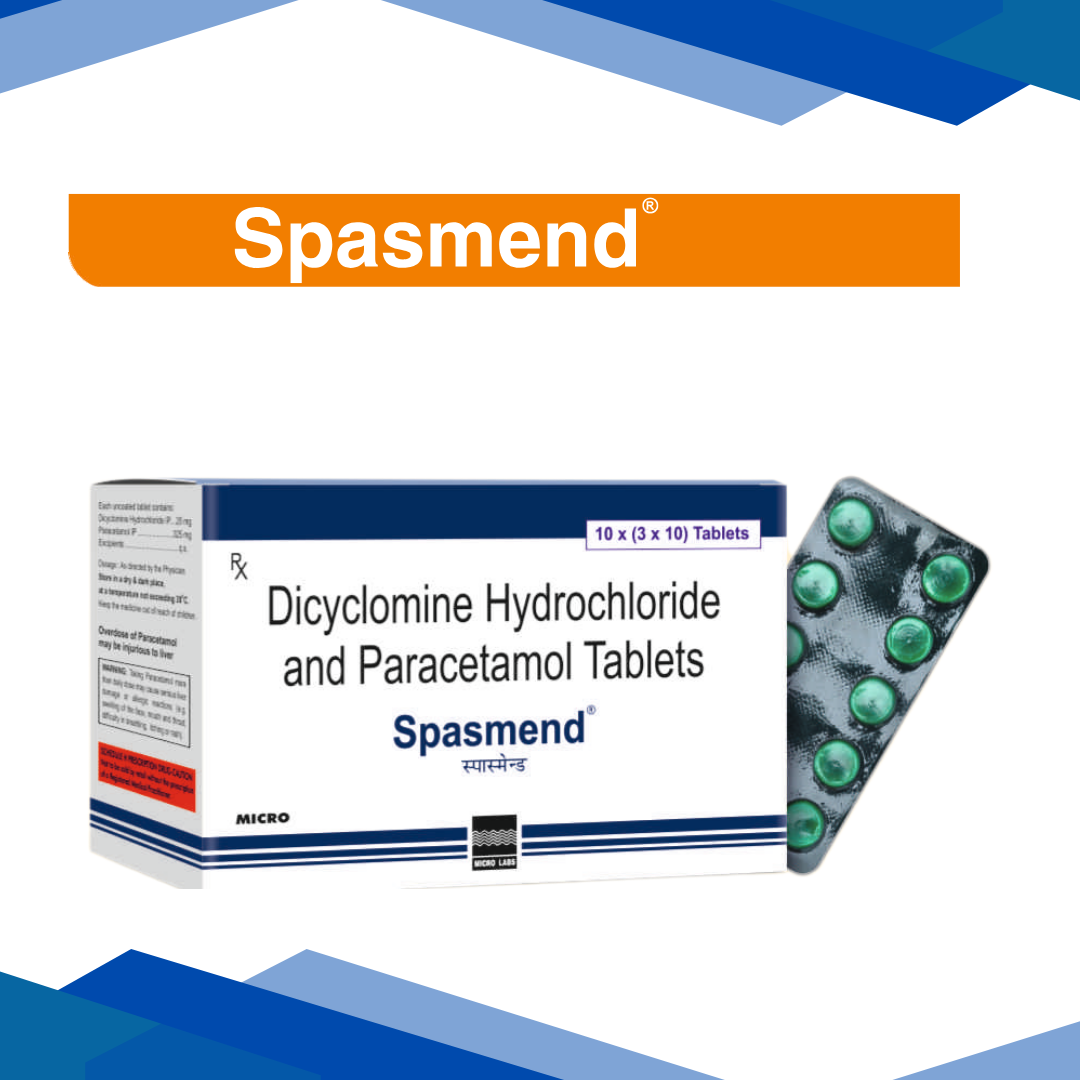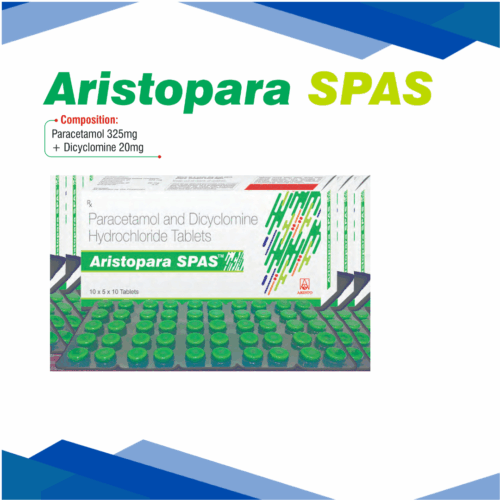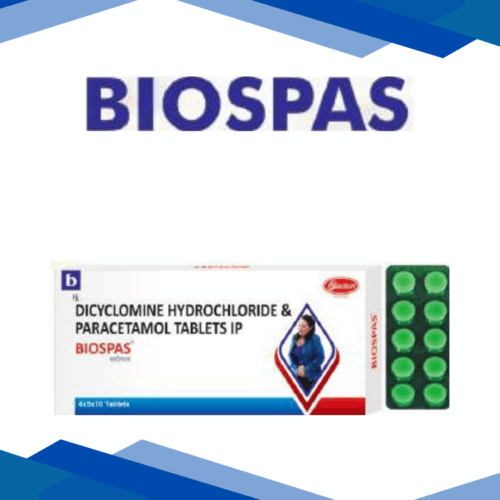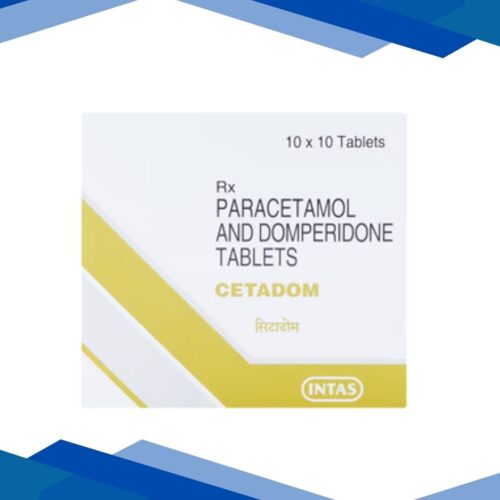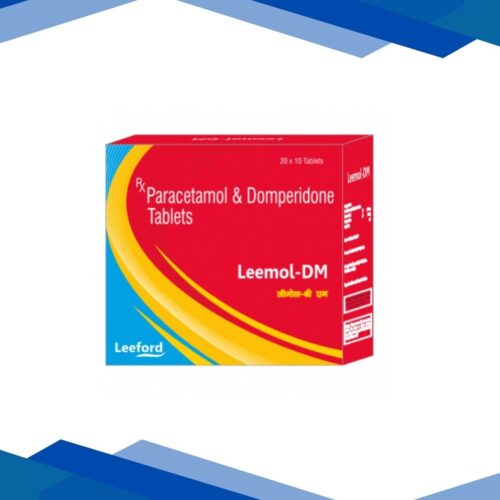Spasmend Tab
No Prescription yet? Don’t worry! Click Here to Get Online Consultation
Why Prescription is Required?
✅ Providing Right Medicines
Prescriptions are complex documents. We proofread and recheck at various steps to provide you the right medication in the correct form and dose.
⚖️ Helps Comply with the Law
Most medicines cannot be sold without a valid prescription, as per the Drugs and Cosmetics Act, 1940 and Rules, 1945.
Book Appointment with Doctor
Dicyclomine and Paracetamol are used together to relieve stomach pain, cramps, and fever. For more detail kindly click on salt tag Below
Dicyclomine
DICYCLOMINE
Overview:
Dicyclomine (also known as Dicycloverine) is an antispasmodic and anticholinergic drug used to treat conditions like muscle spasms in the digestive tract.
Classification:
Anticholinergics agents
Uses:
Dicyclomine is primarily used for the treatment of irritable bowel syndrome (IBS), a condition that causes abdominal pain, cramping, bloating, and changes in bowel habits. .
How It Works:
It works by relaxing the smooth muscles of the gastrointestinal (GI) tract, helping to relieve painful intestinal spasms. In addition to IBS, dicyclomine is also used to manage functional bowel disorders, where bowel symptoms occur without any visible structural disease. It is effective in reducing discomfort caused by colicky abdominal pain and GI motility disorders. Occasionally, dicyclomine may be used in other conditions involving muscle spasms, such as intestinal or bladder spasms, though these uses are less common or off-label. It is important to note that while dicyclomine helps control symptoms like pain and cramping, it does not treat the underlying cause of IBS or other GI conditions.
Dosage:
As prescribed by your doctor.
Side Effects:
Dry mouth
Dizziness
Constipation
Weakness
Loss of appetite
Blurred vision
Precautions:
Dicyclomine should be used with caution.It is not safe for people who have certain health problems like glaucoma, myasthenia gravis (muscle weakness), trouble urinating, or blockages in the stomach or intestines. It should also never be given to babies under 6 months old. Older adults may be more sensitive to its side effects, such as confusion, drowsiness, or blurred vision. People with heart issues, high blood pressure, or those exposed to very hot temperatures should be cautious because the medicine can reduce sweating, which may cause overheating. Dicyclomine may interact with other medicines, especially those that cause drowsiness, dry mouth, or are used for depression or sleep. If you are pregnant or breastfeeding, you should only use it if your doctor thinks it’s truly necessary. Since it can affect your ability to think clearly or see properly, avoid driving or using machines until you know how the medicine affects you. Always follow your doctor’s instructions and tell them about any other medicines you’re taking.
Disclaimer:
This content is for informational purposes only. Always consult a healthcare provider for medical advice and proper dosage.
Paracetamol
PARACETAMOL
Overview
Paracetamol is a commonly used medication that helps relieve mild to moderate pain and reduce fever. It’s often used for:
Headaches
Toothaches
Muscle and back pain
Menstrual cramps
Cold and flu symptoms
It’s available over-the-counter and is considered safe when used as directed.
Classification
Analgesic and antipyretic agent
Uses
Paracetamol is used for pain relief and fever. It is used to relieve pain in conditions like headache, muscle pain, or dental pain.
How it works
When you produce a fever, your body’s internal thermostat — found in the hypothalamus portion of the brain — is raised to a higher temperature. This new set point is usually induced by pyrogens (substances made during infections) that tell the body to produce more heat as a form of immune defense.
Due to its effects in the brain, paracetamol reduces the production of reactive prostaglandins. Prostaglandins are disease-fighting chemicals released during infection that in turn, raise the body’s temperature set point. By decreasing prostaglandin levels, paracetamol enables the hypothalamus’ temperature control centre to bring the body’s temperature back down to normal, allowing the body to cool down and the fever to subside
Dosage
As directed by the physician
Precautions
Most people can take paracetamol safely, including:
pregnant women
breastfeeding women
children over 2 months of age – lower doses are recommended for young children
always get advice before taking paracetamol if you:
have liver or kidney problems
have problems with alcohol, like long-term alcohol misuse
are very underweight
are taking other medications
Don’t take paracetamol if you’ve had an allergic reaction to it in the past
Side effects
common side effects of paracetamol.
Nausea
Swelling
Vomiting
Pain
Tenderness in the upper abdomen
Sweating
Loss of appetite
Stomach cramps
Diarrhea
Major side effects are as follows:
Dark-colored urine
High fever
Lower backache
Skin having red spots
Rashes
Inflammation
Itching
Sore throat
Ulcers
Breathlessness
Yellowish eyes
Disclaimer
This content is for informational purposes only. Always consult a healthcare provider for medical advice and proper dosage.





